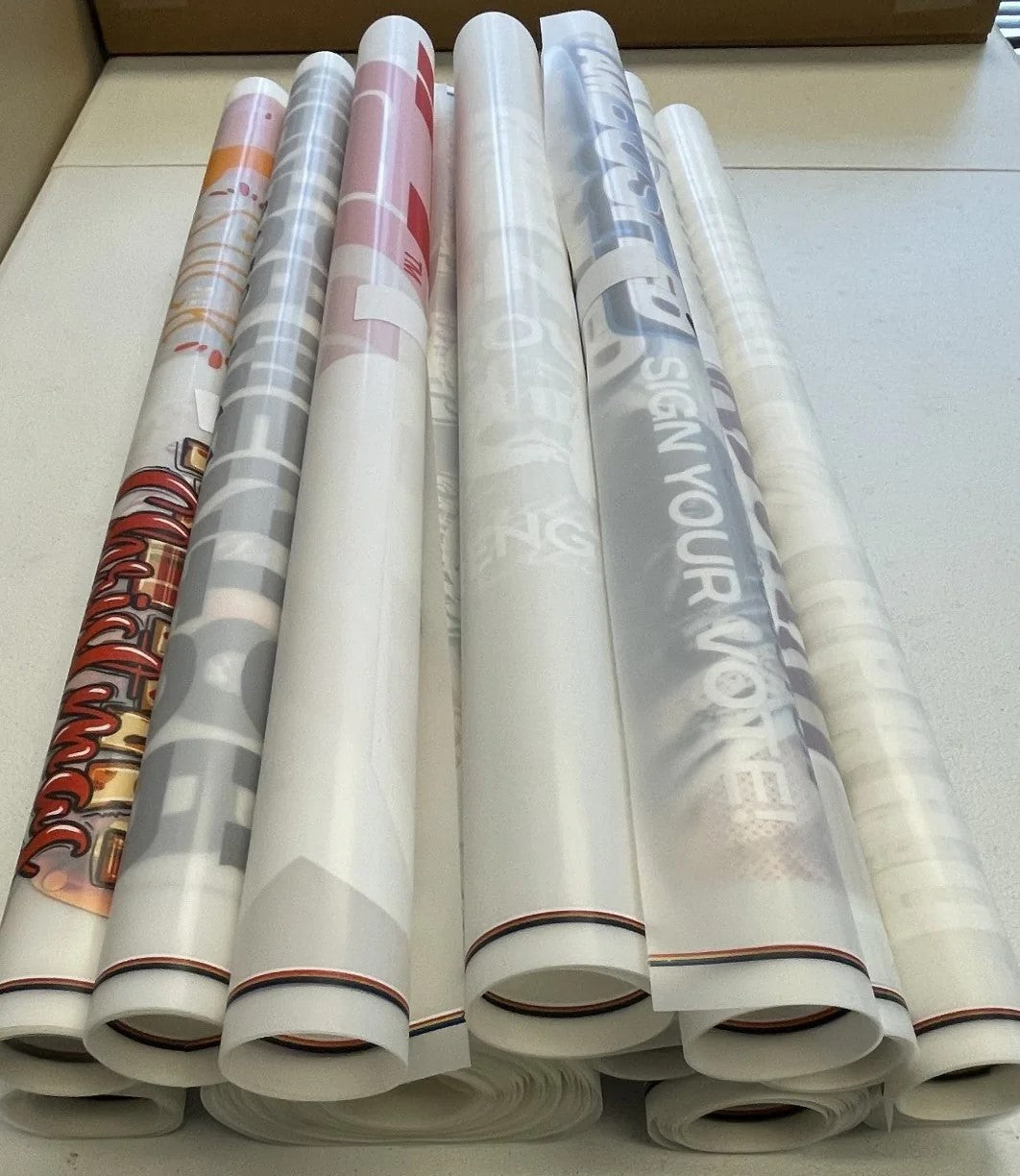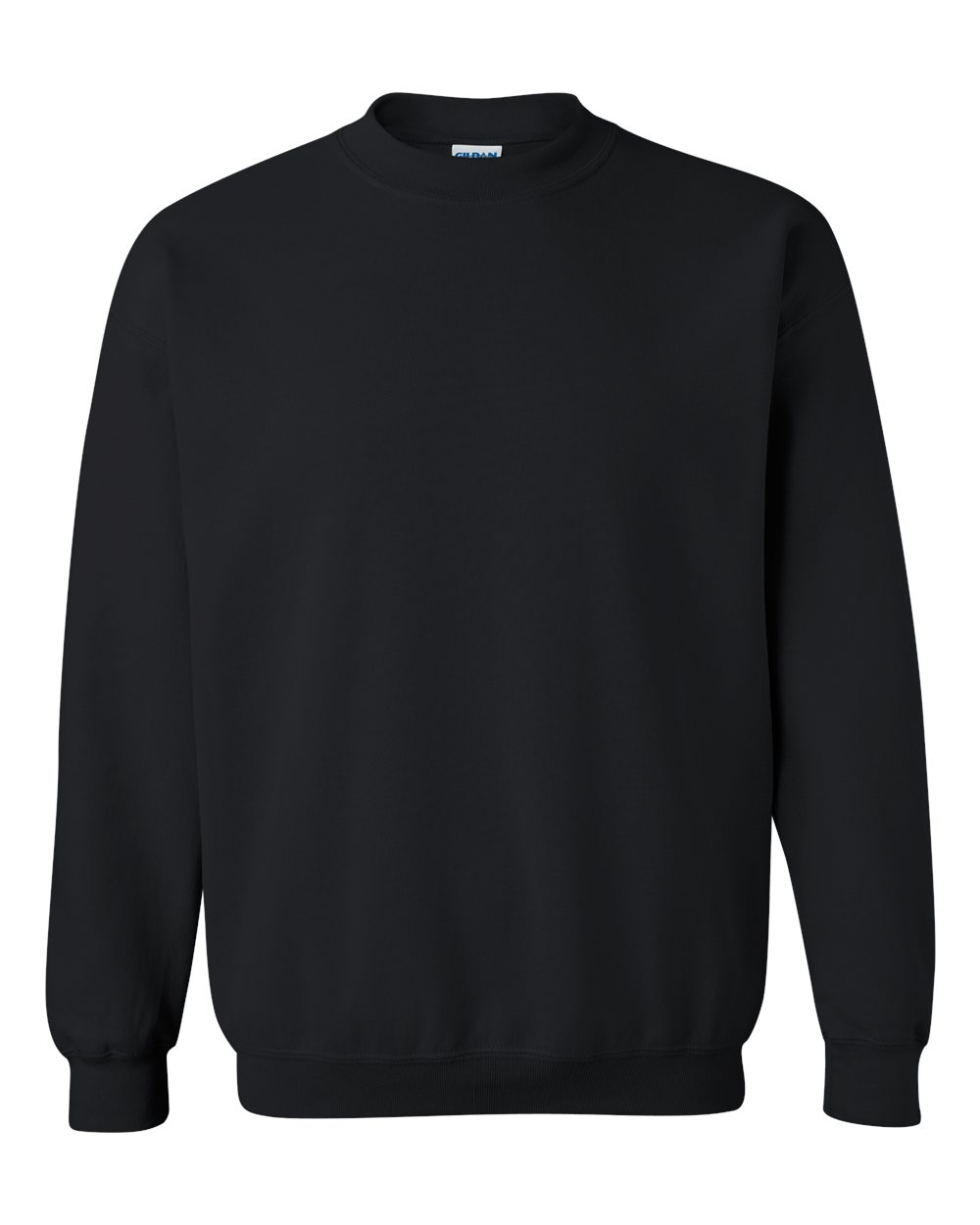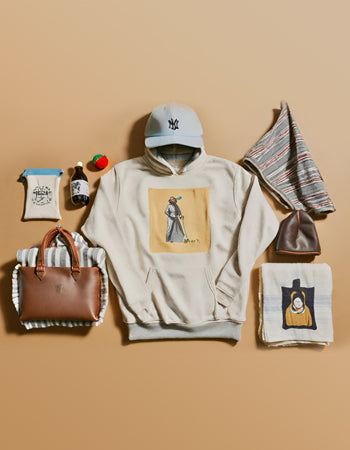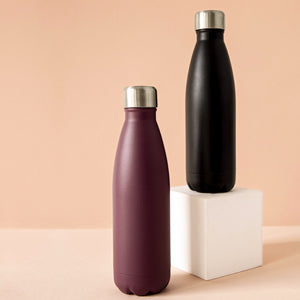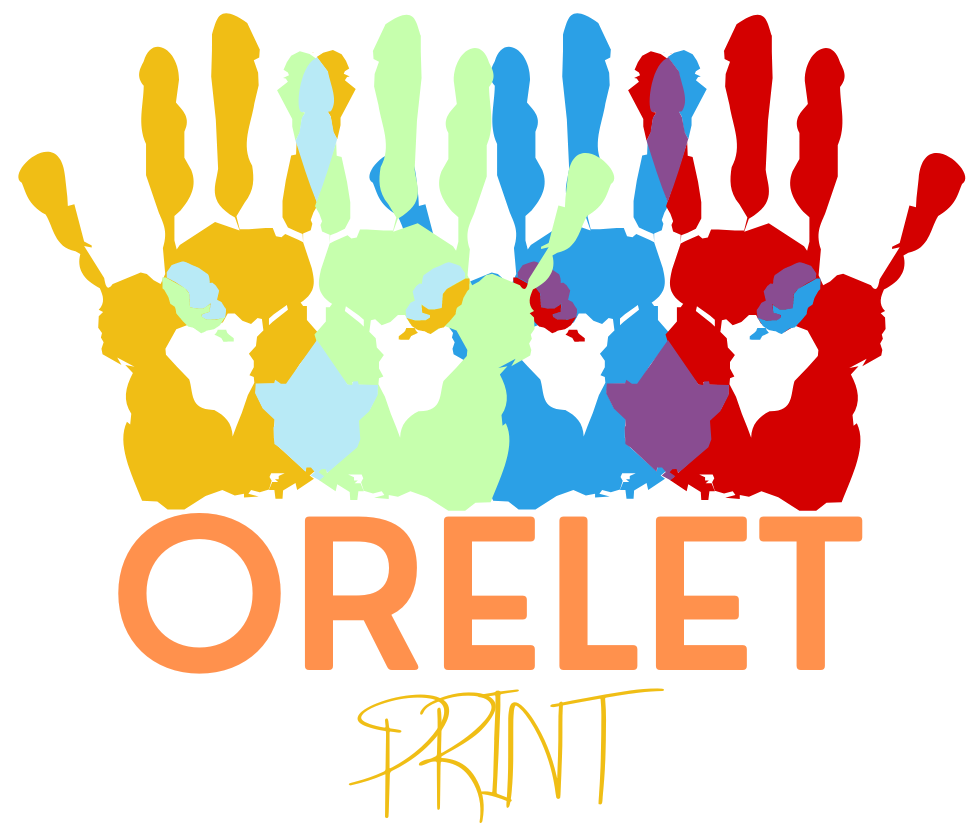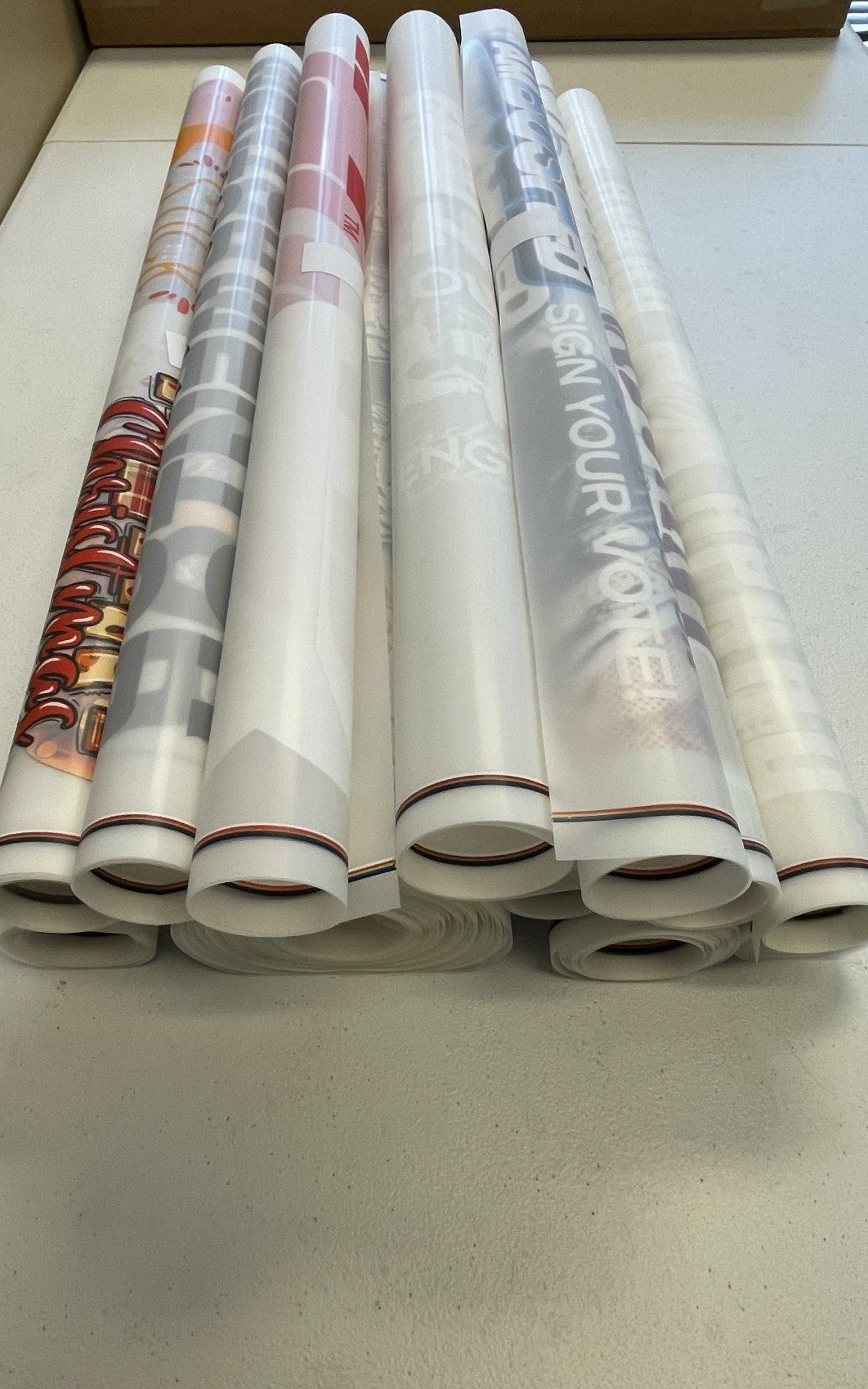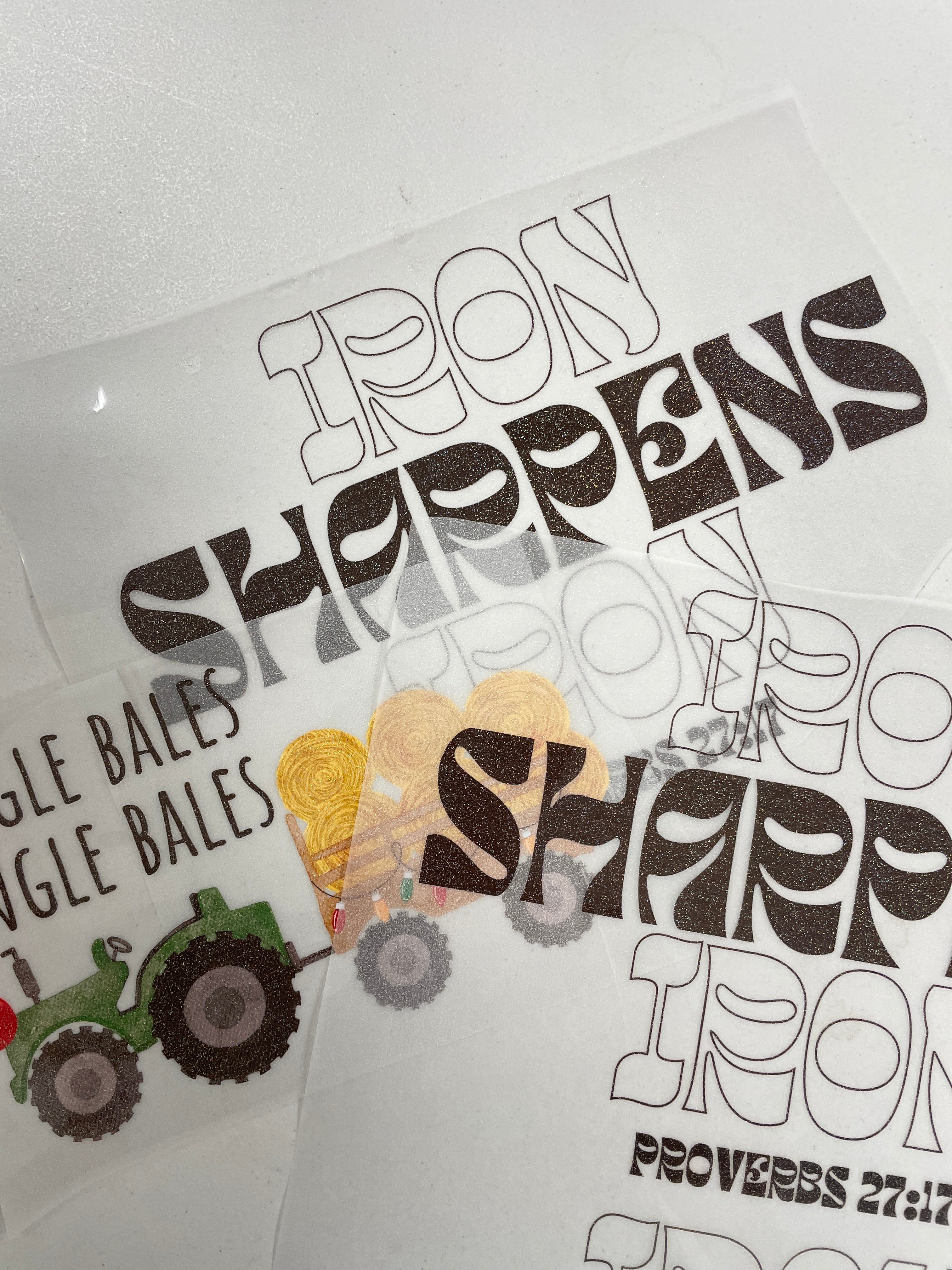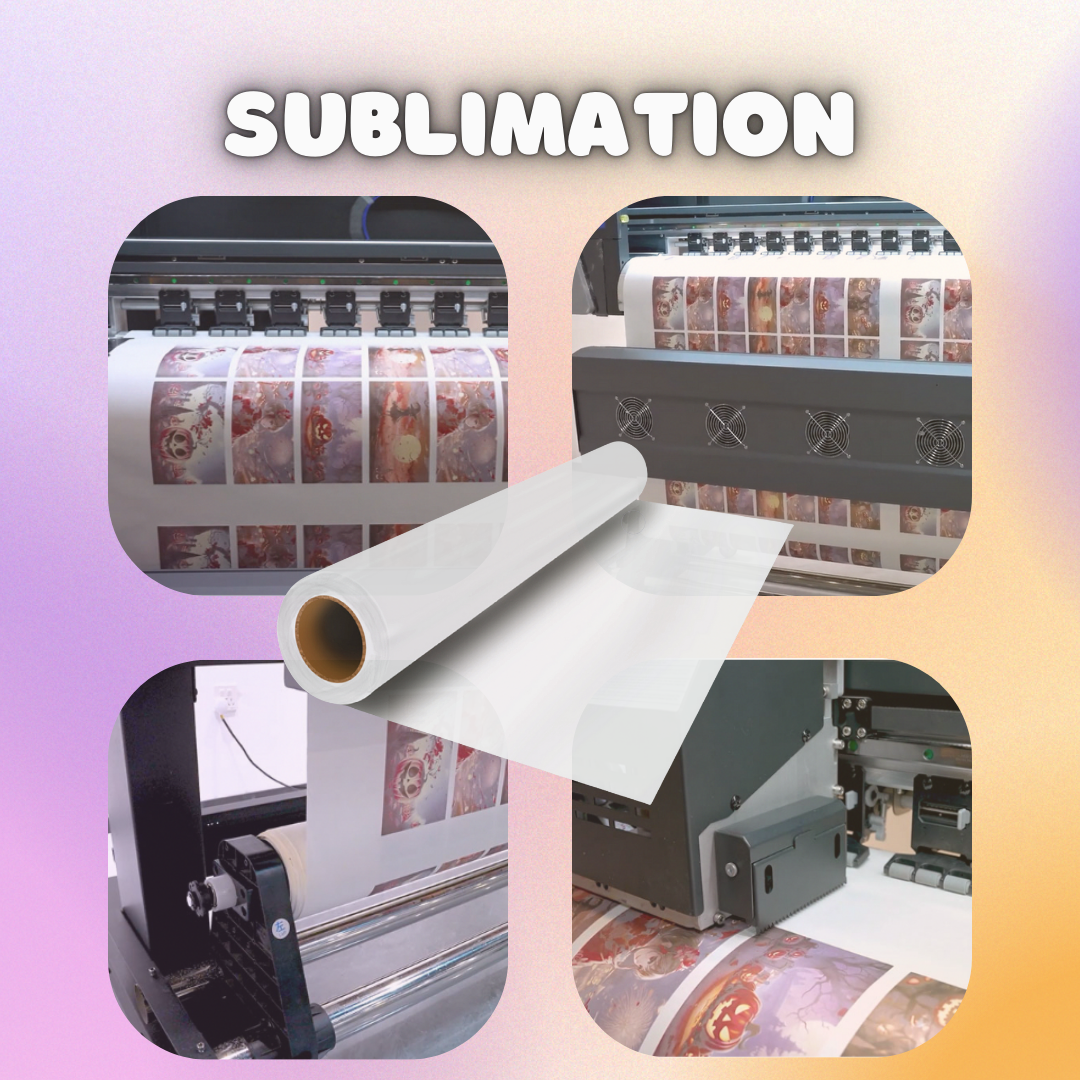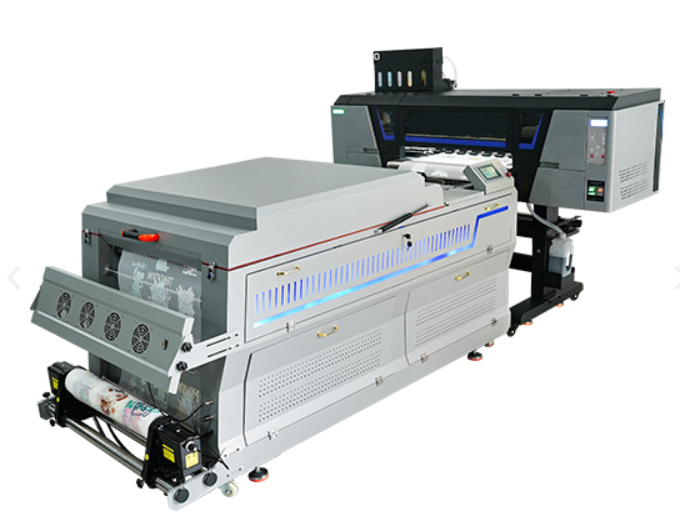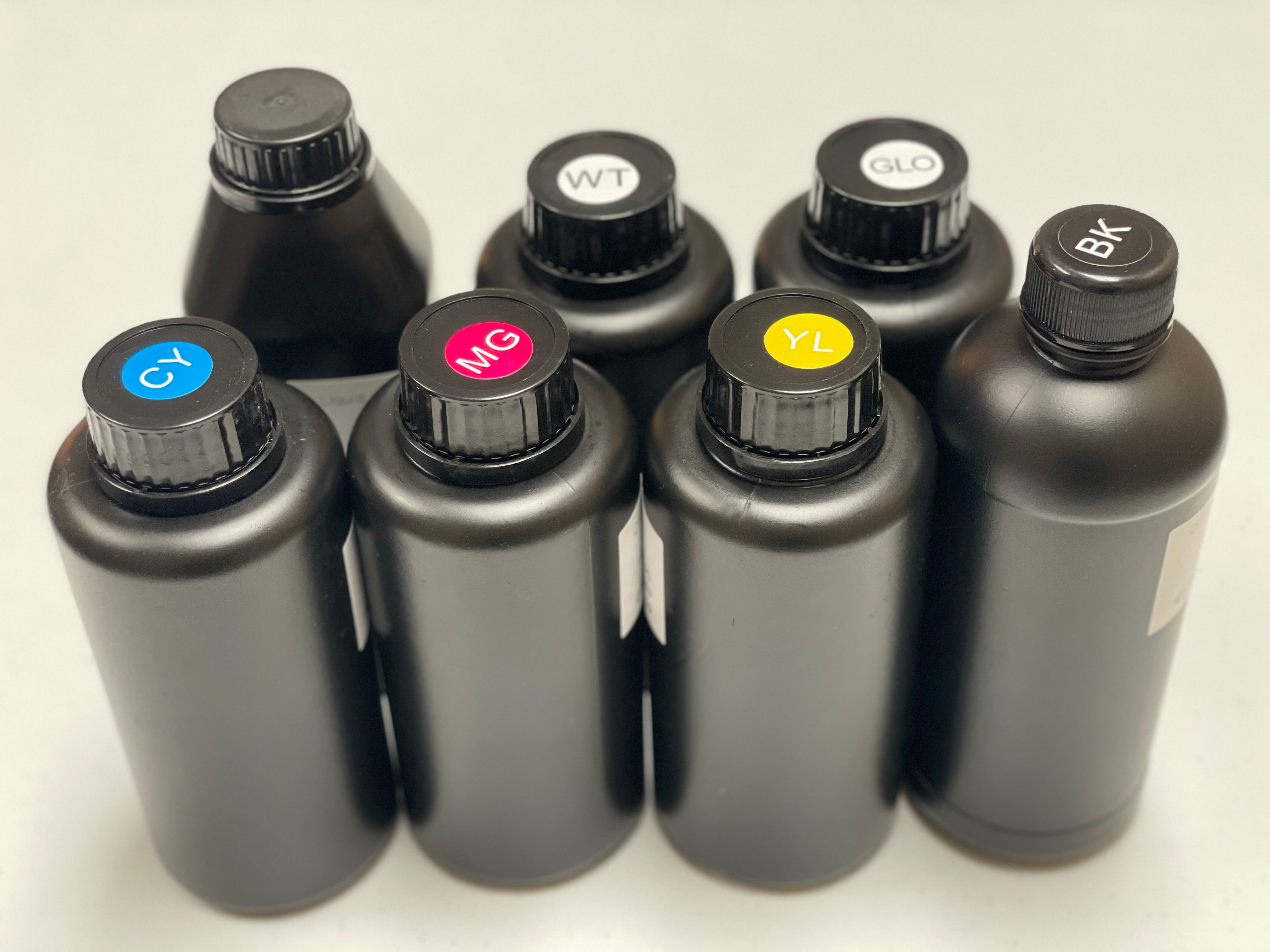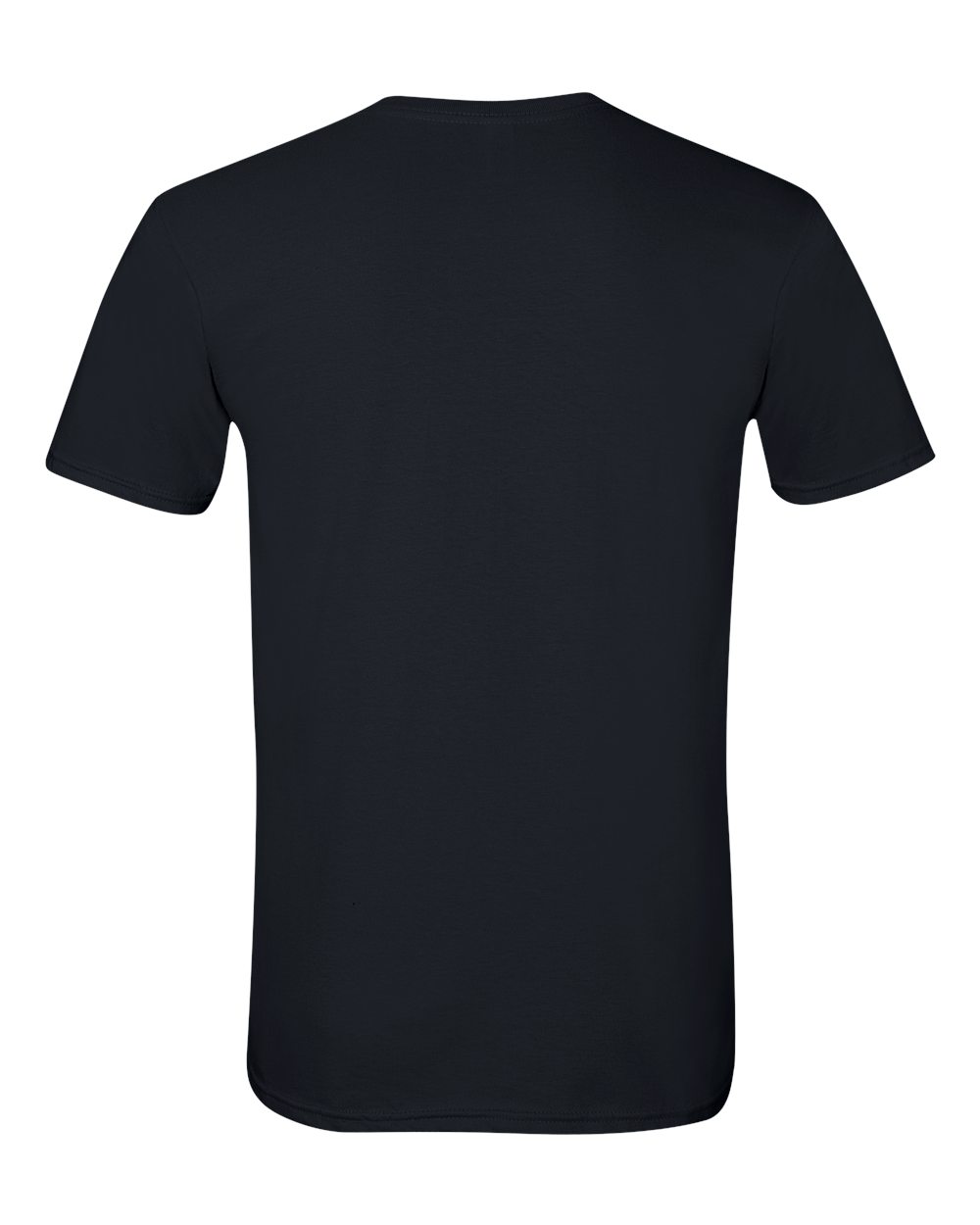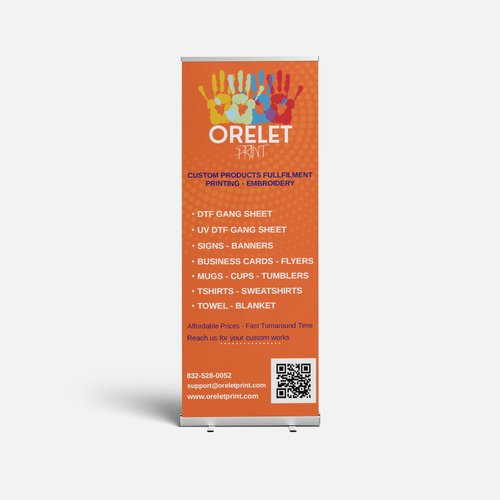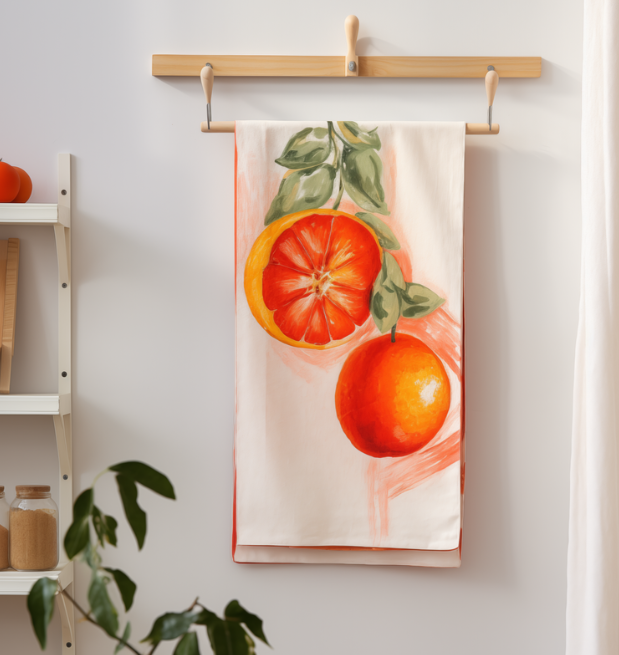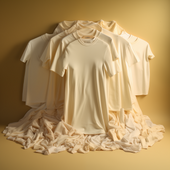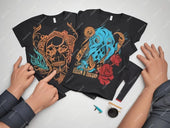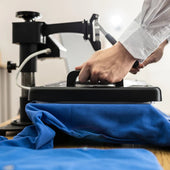In the world of custom printing, durability means more than just surviving a wash or two—it’s about the print's ability to remain vibrant and intact over time, regardless of the conditions it faces. True durability ensures that your custom design maintains its appearance and quality as long as the garment itself.
Orelet Print’s Direct-to-Film (DTF), Glitter DTF, and UV DTF printing services are crafted with durability in mind, ensuring your designs stay vibrant and intact over time. Here’s everything you need to know about durability in printing and how to make the most of it.
What is Print Durability?
Durability in printing refers to how well a design holds up over time, maintaining color vibrancy, flexibility, and resistance to cracking, peeling, or fading through repeated wash and wear. A durable print will look as fresh as the day it was applied, even after extensive use and exposure.
Are DTF Transfers Durable?
Absolutely. DTF transfers are known for their durability, standing out among other printing methods for their ability to endure multiple wash and dry cycles without significant loss of color or detail. DTF prints can rival traditional screen printing in terms of resilience, making them ideal for high-use garments like sports jerseys, work uniforms, and promotional attire.
Orelet Print’s DTF transfers go a step further, providing superior durability that exceeds standard heat transfer methods. Unlike paper-based transfers, DTF resists cracking, peeling, and fading, making it a top choice for long-lasting custom prints.
Key Factors Affecting Print Durability
The longevity of any print, especially DTF, depends on various factors:
-
Transfer Quality: Starting with a high-quality DTF transfer is essential for durability. At Orelet Print, our transfers are designed to bond strongly to fabric, maintain vibrant color, and resist wear, ensuring a lasting print.
-
Design Style: Large, solid designs with simple shapes typically last longer than intricate designs with thin lines or separate parts, which may experience more wear over time.
-
Fabric Type: The material of the garment matters. DTF prints are highly compatible with various fabrics, but cotton and cotton blends often yield the best results.
-
Application Process: Proper application is crucial. The right balance of temperature, pressure, and time during the heat press process ensures the design bonds securely with the fabric. See Orelet Print’s heat press instructions for DTF transfers for the best results.
-
Exposure: Frequent exposure to sunlight, extreme temperatures, or rough physical activities can impact the print's lifespan.
-
Care and Maintenance: Following proper garment care, such as washing inside out, using mild detergents, and avoiding high-heat drying, can help extend the life of a DTF print.
How Long Do DTF Transfers Last?
With proper care, DTF transfers can last 50 to 100 washes or more, depending on usage and exposure. Orelet Print’s DTF transfers are built to outlast the garment, making them an excellent choice for anyone looking for a long-term print solution.
High-use items like athletic jerseys or outdoor workwear might show wear sooner than occasional-use garments. Nonetheless, DTF transfers are among the most durable options available, ensuring a high-quality print that lasts.
Maximizing Print Durability
To get the longest lifespan out of your DTF prints, consider these tips:
- Choose Quality Transfers: At Orelet Print, we ensure our DTF transfers are vibrant, resilient, and designed to last.
- Select the Right Fabric: Cotton or high-cotton blends generally provide the best results.
- Use a Quality Heat Press: For the best results, a professional-grade heat press is recommended over an iron or hand-held heat press.
- Perfect the Application: Following heat press instructions carefully ensures the design adheres firmly to the fabric.
- Proper Care: Wash inside out, use mild detergents, and avoid high heat when drying. Line drying or low-heat settings in the dryer are best.
- Limit Exposure: Avoid prolonged exposure to intense sunlight, extreme weather, or excessive physical wear when possible.
Comparing Print Methods for Durability
Different print methods offer varying levels of durability. Here’s a quick comparison:
- DTF Transfers: High durability, versatile on various fabrics, and maintains vibrancy over time.
- Sublimation: Very durable and infuses ink into polyester fabrics, making it ideal for all-over prints but limited to certain materials.
- Screen Printing: Durable and vibrant but may fade over time and requires proper curing.
- Vinyl (Cut or Printed): Durable for simple designs but can peel or crack over time.
- Heat Transfer Prints (Paper): Versatile but prone to fading and cracking after repeated washing.
- Direct-to-Garment (DTG): Produces detailed prints but may fade with frequent washing.
For more on this, see Orelet Print’s guide on the best shirt printing methods for different uses and durability needs.
Embrace Durability with DTF Transfers from Orelet Print
Durability is a top priority at Orelet Print, and our DTF transfers deliver on that promise. They offer the vibrancy, flexibility, and longevity to handle a wide range of uses, from personal apparel to high-demand workwear. With proper care and application, a DTF transfer can last as long as the garment itself, making it a wise choice for custom printing.
If you're looking for high-quality, long-lasting custom prints, Orelet Print’s DTF, Glitter DTF, and UV DTF services are here to meet your needs. Our goal is to provide the best in durable printing, giving your designs a vibrant, lasting impression. Contact us to learn more about our printing options and discover how we can help make your custom creations truly stand the test of time.
